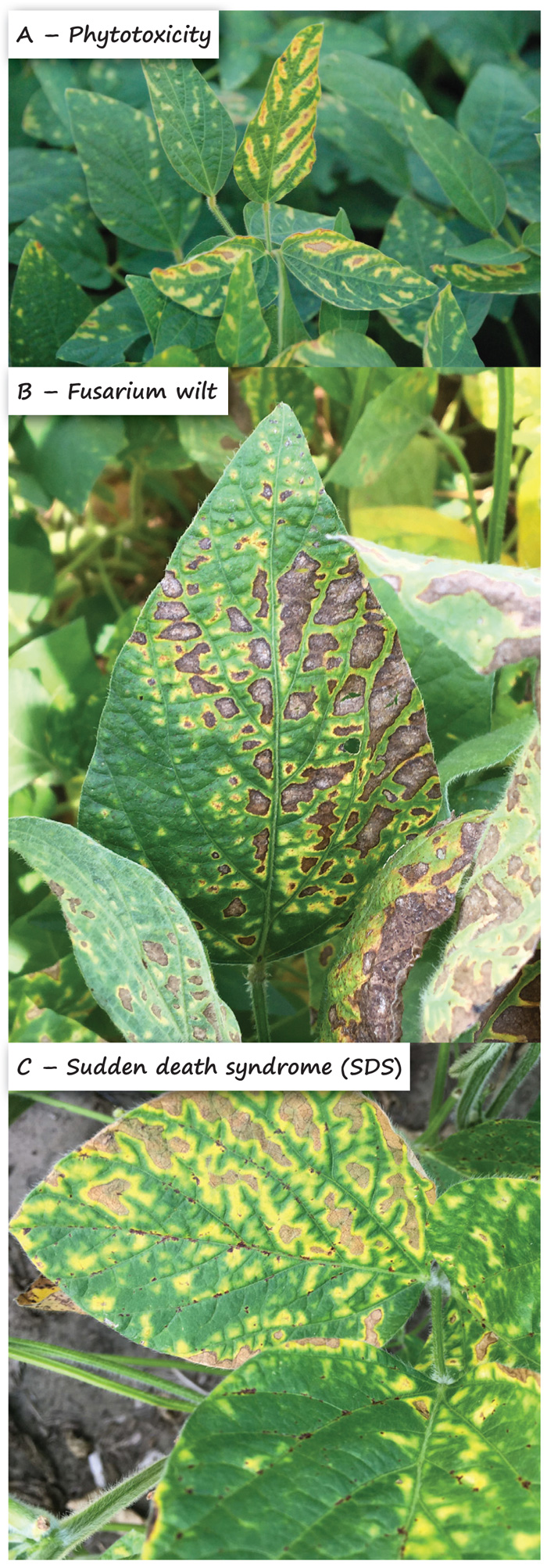
The South African grain industry is vital for the country’s agriculture sector and plays a crucial role in food production and economic growth. It produces a wide range of crops and serves as the foundation for food security. Local producers face challenges like pests, diseases, climate variability, and the dynamics of the global markets.
Fortunately, the industry is constantly evolving to develop innovative technologies and sustainable practices. Ensuring plant health is crucial for sustainable and profitable crop production, as healthy crops are more productive. Diseases like Sclerotinia have had a devastating impact on yields and producer profitability. Additionally, maintaining plant health is important for trade and biosecurity to protect the industry.
Grain and oilseed producers encounter a diverse range of pests and diseases on a seasonal basis. Accurate diagnostics are crucial as symptoms of these various plant diseases can look misleading or deceptive, making identification difficult. Much like a fever in humans can be caused by various diseases or factors, such as Covid-19, the common cold, cancer, malaria or even heat exhaustion; similarities in disease symptoms can also be observed in plants. An example of this is interveinal chlorosis or yellowing of the leaves of soybeans, which occurs between the veins. There are several factors that can lead to this chlorosis. These include diseases such as soybean sudden death syndrome (SDS), Fusarium wilt, stem canker, root-knot nematodes or phytotoxicity that can result from the use of various fungicide products (see Figure 1).

Photo A: Tom Allen, Mississippi State University
Photo B: Godfrey Kgatle
Photo C: Syngenta
While phytotoxicity only causes interveinal chlorosis, examining the roots and stems provides a more detailed insight into differentiating the symptoms of phytotoxicity, Fusarium wilt and SDS (Table 1). The outer tissue of SDS-infected roots will exhibit obvious root rot symptoms typically on the tap root. The discolouration of the stem is contained to the outer area (xylem vessels) and can extend up the stem from the soil line. The stem centre (pith) will remain white. Fusarium wilt infection results in a distinct brown centre (pith) of the stem, and the roots are also rotted.
 Accurate disease identification
Accurate disease identification
A complication for accurate diagnostics is that a disease, like SDS or Fusarium wilt, can be caused by different species. SDS was historically reported to be caused by four species within the Fusarium solani species complex, including Fusarium virguliforme, Fusarium brasiliense, Fusarium crassistipitatum and Fusarium tucumaniae, but a recent publication considered these species as one species under the new name Neocosmospora phaseoli. Fusarium wilt on the other hand is caused by species in the Fusarium oxysporum species complex, most notably F. fabacearum and F. glycines. This implies that diagnosing the disease relies on accurate species identification that can only be done using DNA sequencing.
Accurate disease identification may require specialised and expert skills and techniques. As a result, the Department of Science and Innovation, the Technology Innovation Agency, the Maize Trust and Grain SAin collaboration with the Forestry and Agricultural Biotechnology Institute (FABI) at the University of Pretoria have been building capacity for the past three years in diagnostic and extension services under the supervision of a taxonomist and diagnostic expert, Prof Cobus Visagie. For more information visit fabinet.up.ac.za.
These services aim to identify and address crop health issues by working closely with farming communities. Over the past three years, pest and disease extension officers for the clinic have travelled over 100 000 km to six major grain-producing provinces, liaising with the farming community and collecting samples subjected to accurate diagnostics. The Diagnostic Clinic is now picking up traction and is open to working with grain and oilseed producers, agricultural extension services, and private companies to optimise functionality of the clinic.
Accurate identification of pests and diseases is a foundational step in effective management strategies. Misidentification can lead to the use of inappropriate control measures, wasting of resources and potentially exacerbating the problem. Accurate identification allows for rapid response and containment of outbreaks and reducing their spread. Ensuring a stable food supply and preserving exports will require utmost care in accurately identifying diseases that will inform correct disease management strategies.
For further information or disease diagnostic queries, contact Dr Godfrey Kgatle at godfrey@grainsa.co.za, 079 489 5966 or the FABI Diagnostic Clinic manager, Dr Lieschen de Vos, at diagnostic.clinic@fabi.up.ac.za, 012 420 3938/5826.



























